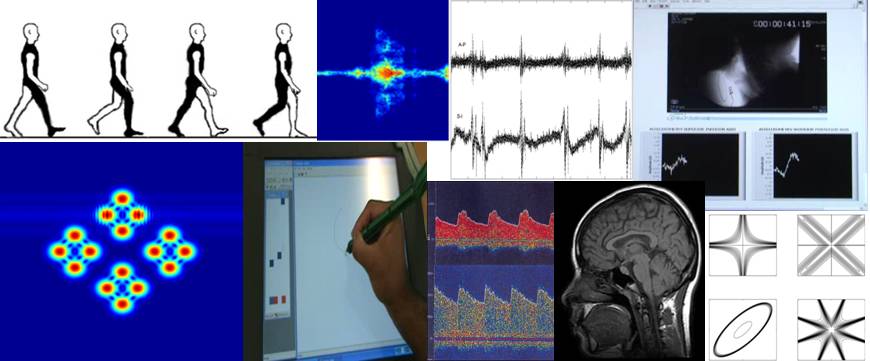A comparative analysis of swallowing accelerometry and sounds during saliva swallows
January 19, 2015
Background
Accelerometry (the measurement of vibrations) and auscultation (the measurement of sounds) are both non-invasive techniques that have been explored for their potential to detect abnormalities in swallowing. The differences between these techniques and the information they capture about swallowing have not previously been explored in a direct comparison.Methods
In this study, we investigated the differences between dual-axis swallowing accelerometry and swallowing sounds by recording data from adult participants and calculating a number of time and frequency domain features. During the experiment, 55 participants (ages 18-65) were asked to complete five saliva swallows in a neutral head position. The resulting data was processed using previously designed techniques including wavelet denoising, spline filtering, and fuzzy means segmentation. The pre-processed signals were then used to calculate 9 time, frequency, and timefrequency domain features for each independent signal. Wilcoxon signed-rank and Wilcoxon ranksum tests were utilized to compare feature values across transducers and patient demographics, respectively.Results
In addition to finding a number of features that varied between male and female participants, our statistical analysis determined that the majority of our chosen features were statistically significantly different across the two sensor methods and that the dependence on within-subject factors varied with the transducer type. However, a regression analysis showed that age accounted for an insignificant amount of variation in our signals.Conclusions
We conclude that swallowing accelerometry and swallowing sounds provide different information about deglutition despite utilizing similar transduction methods. This contradicts past assumptions in the field and necessitates the development of separate analysis and processing techniques for swallowing sounds and vibrations.This material is presented to ensure timely dissemination of scholarly and technical work. Copyright and all rights therein are retained by authors or by other copyright holders. All persons copying this information are expected to adhere to the terms and constraints invoked by each author’s copyright. In most cases, these works may not be reposted without the explicit permission of the copyright holder.
Loading



